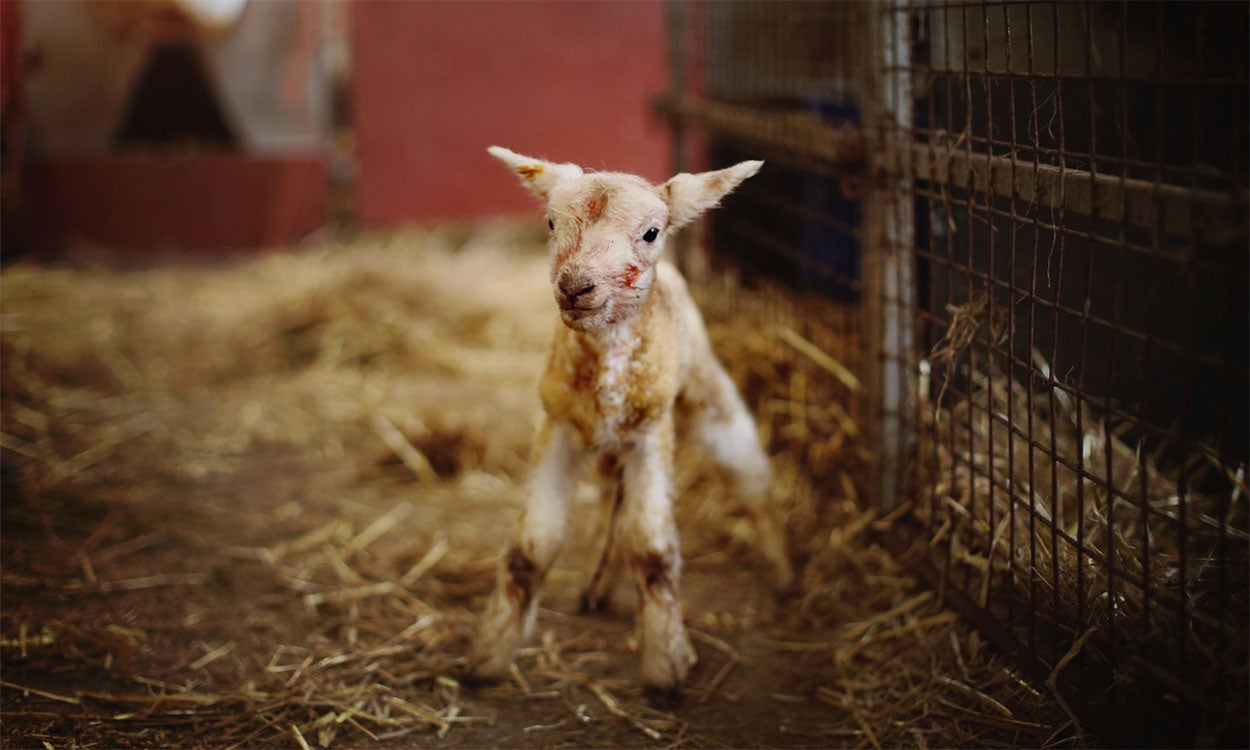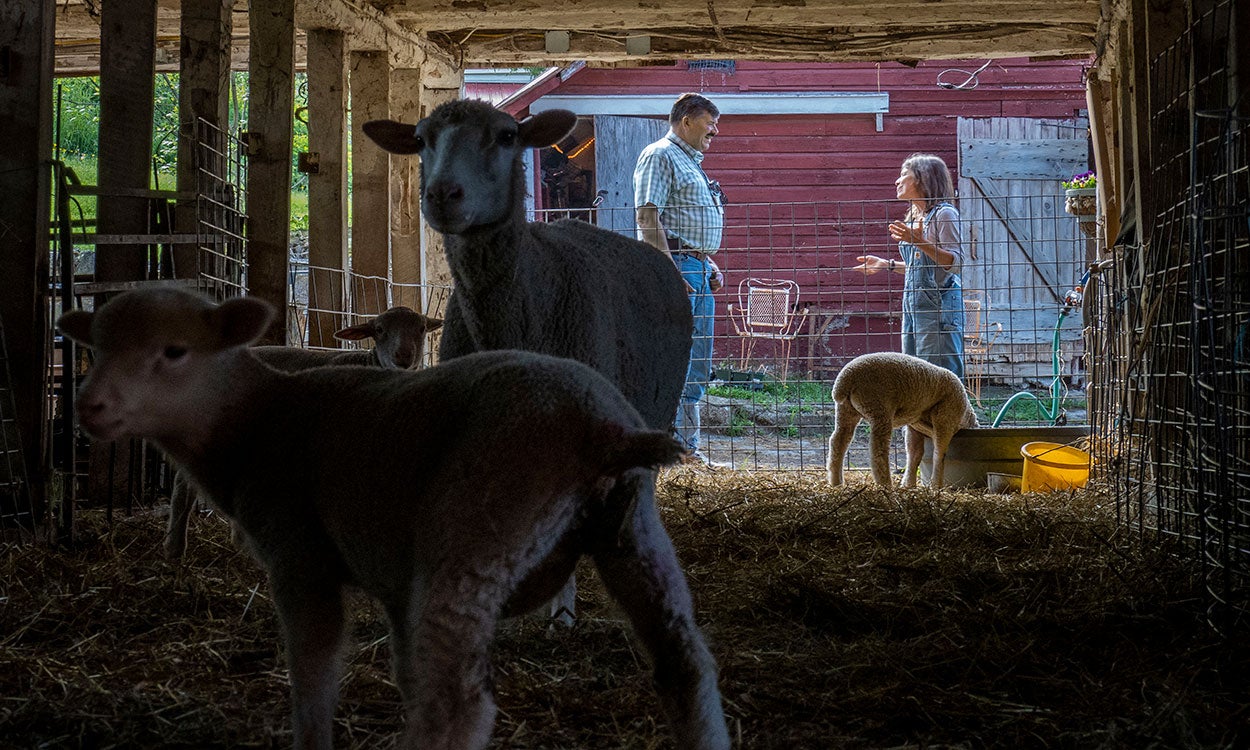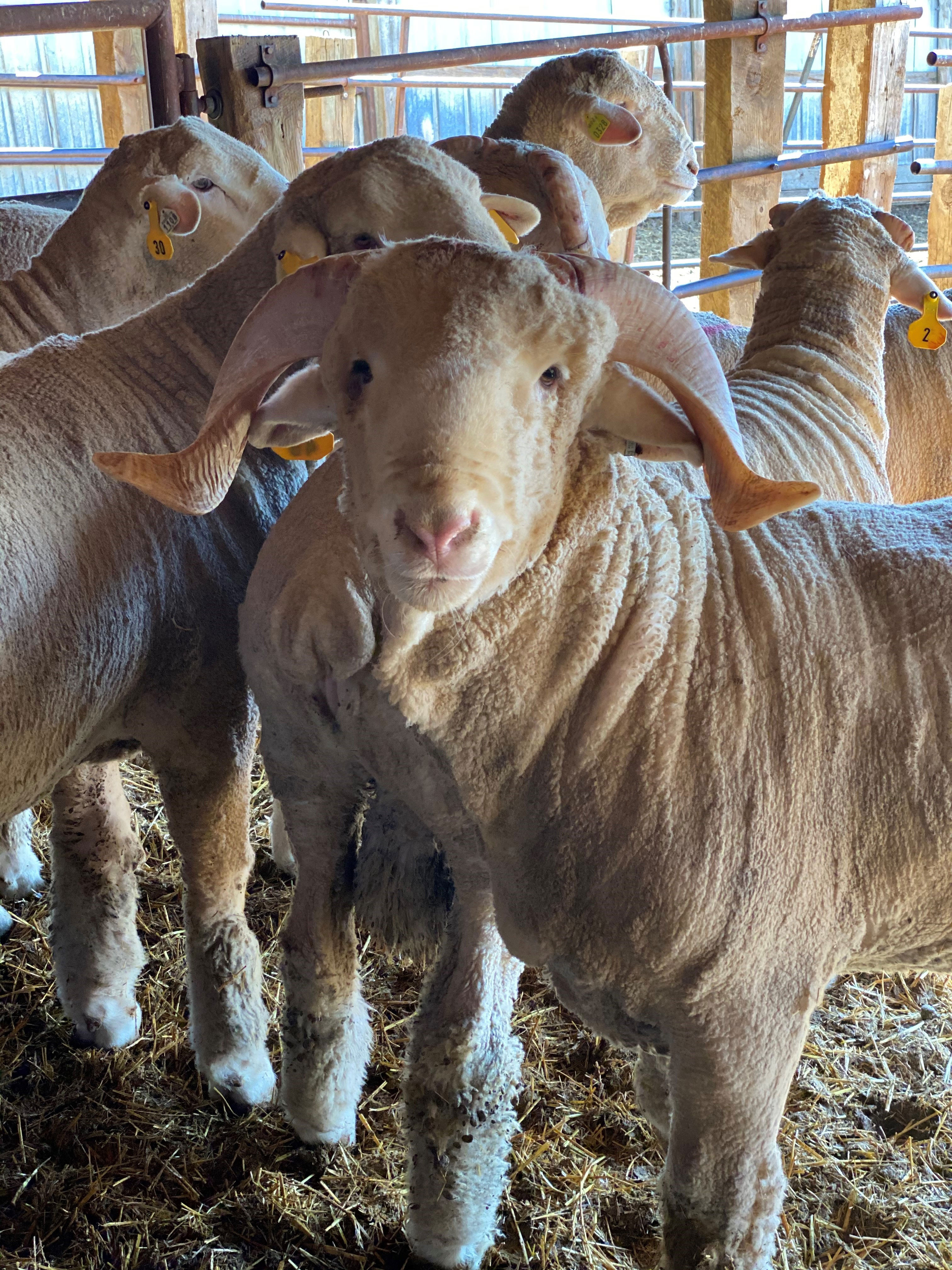Search

National Sheep Improvement Program: Performance-based data you can rely on
Sheep producers continually look for opportunities to improve their flocks through the introduction of genetic traits that will contribute to both improve the performance and physical appearance of the offspring. For hundreds of years, producers used the phenotype or physical appearance traits to select replacement stock, followed by performance trials and wool testing to quantitatively define the traits a specific animal may possess.

Sweet Clover Poisoning
Hay that contains sweet clover can be an excellent feed as long as the dicoumarol level is known and feeding management is used to prevent poisoning.

Lamb Birth Weights in Relation to Lamb Survivability
To increase survival, lamb birth weights cannot be overlooked. Learn some key management factors for optimizing birth weights this lambing season.

Direct Marketing Lamb: Selling to the Ethnic Market
The ethnic market plays a big role in the lamb industry. Learn some keys to success for taking advantage of seasonal demand and price fluctuations in this growing market, including when and where to sell.

Direct Marketing Lamb: Selling Direct to Consumer
The growing interest in food chain transparency has fostered the growth of direct marketing meat to consumers. Learn some of the challenges and opportunities this style of marketing offers lamb producers.

How to Trim Sheep and Goat Hooves
Guide on how to trim sheet and goat hooves

2022-2023 Dakota Performance Ram Test results available
April 18, 2023
The results of the 2022-2023 Dakota Performance Ram Test are now available online for sheep producers.

Youth for the Quality Care of Animals (YQCA) in South Dakota 4-H resources
About YQCA – the national program
Youth for the Quality Care of Animals (YQCA) is a national multi-species quality assurance program for youth ages 8 to 21 with a focus on three core pillars: food safety, animal well-being, and character development. The YQCA program is an annual certification created for youth producing and/or showing beef cattle, dairy cattle, sheep, meat goats, dairy goats, swine, poultry, and rabbits. The program has been designed by extension specialists and national livestock program managers to ensure it is accurate, current and relevant to the needs of the animal industry and shows, and is appropriate for youth learning levels.

Navel Dips for Lambs and Kids
Treating umbilical cords with a navel dip at birth is recommended to ensure a healthy start for lambs and kids and preventing the occurrence of navel (joint) ill.

Economically Relevant Wool Traits and Wool Heritability
South Dakota is known for a high reputation wool clip. Emphasis on economically important wool traits coupled with careful genetic selection helps promote production, profitability and sustainability in an operation.